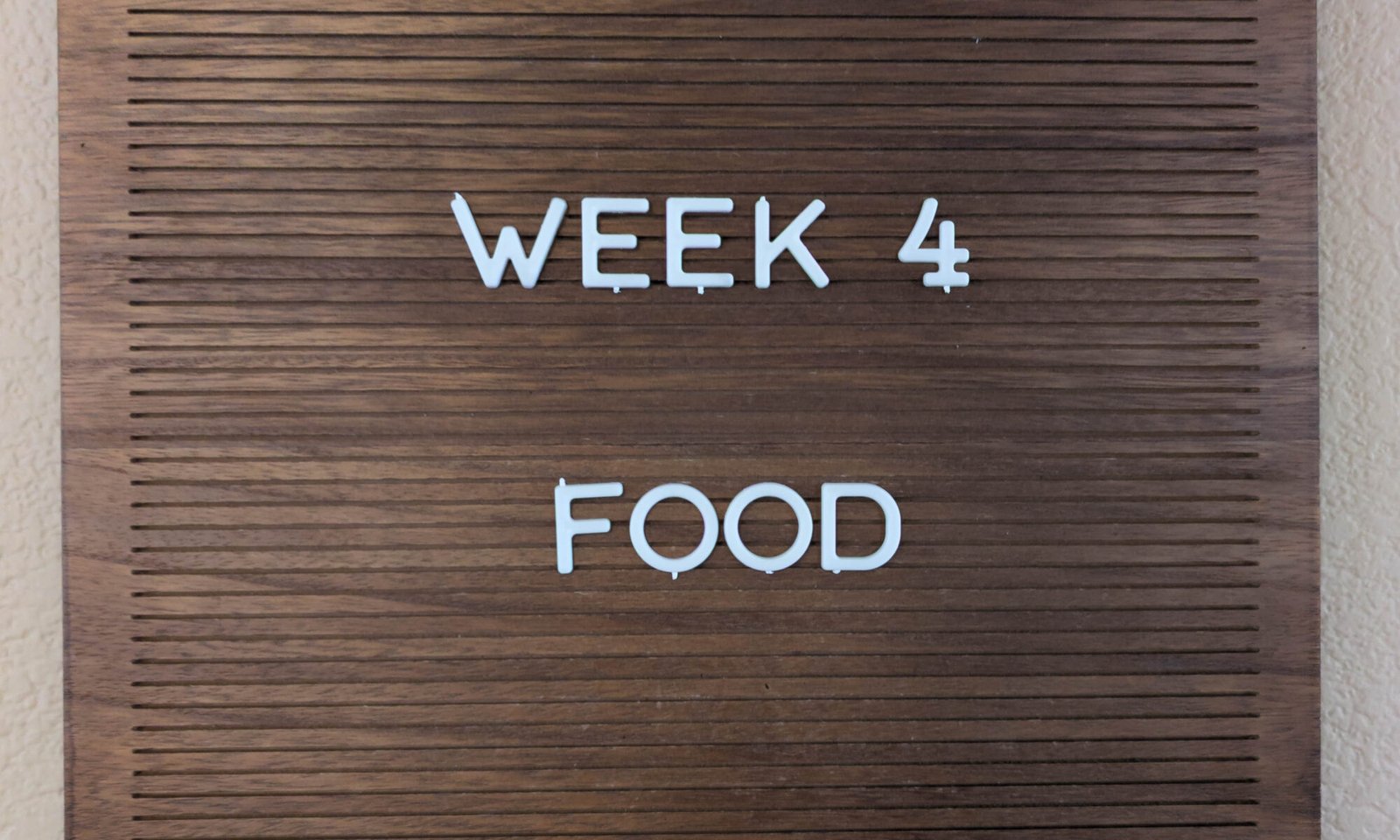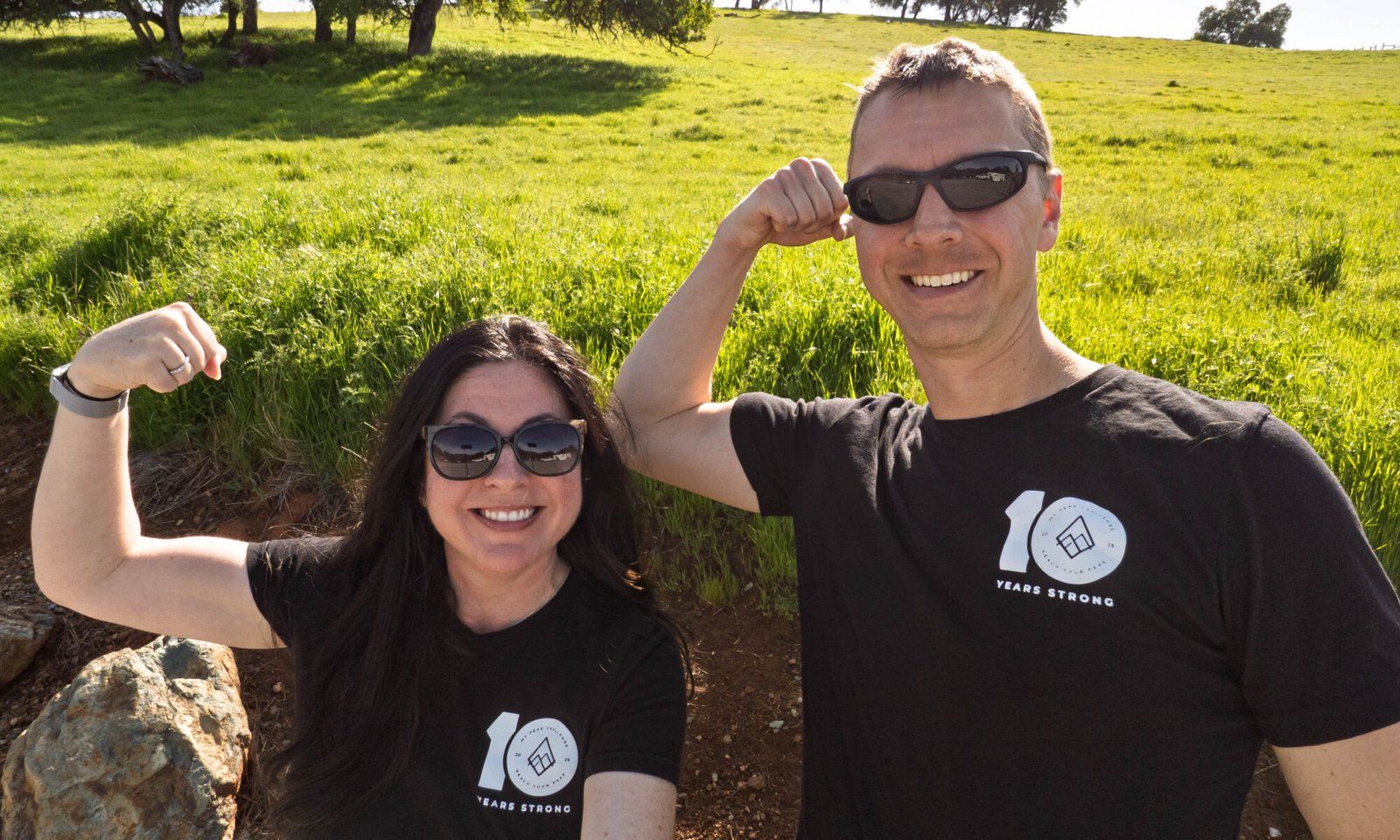Goals: Try a Plant Diversity Challenge competition as a family. Have the kids create healthier breakfast and snack ideas they’re actually excited about.
In Week 4, our focus shifted to another cornerstone of well-being: nutrition. What does healthy eating mean? I was recently reading Super Agers by Eric Topol and he defined a research-based healthy diet with the following: “We know it includes fruits and vegetables; legumes, such as lentils and garbanzo beans; whole grains; nuts and seeds; healthy fats, such as olive oil and avocados; and fatty fish, such as salmon and tuna, rich in omega-3 fatty acids.” The exact foods we choose may eventually be driven by personalized recommendations, but for now, I think that’s a reasonable definition. By most modern standards we already eat pretty well—I enjoy cooking, we lean vegetarian, and vegetables show up in nearly every meal. The kids are generally adventurous eaters (with a few quirks—J won’t touch eggplant, and C avoids raw tomatoes). Still, with two teenagers in the house, packaged snacks, soda, and juice have started to creep in more than I would like. This week was all about sparking conversations on how eating well supports our health in the long run.
Nutrition science is notoriously complicated. Ideally, we’d all eat “perfectly clean,” but that can quickly drift toward rigidity, or worse, disordered eating. And honestly, what’s life without the occasional chocolatey dessert? I prefer to focus on positive nutrition—adding more good foods—rather than banning foods outright. So our challenge this week was twofold: Have a friendly competition to see who could eat the most different plant-based foods (vegetables, fruits, legumes, nuts, seeds, whole grains, herbs, and spices). Encourage the kids to design healthier breakfasts and snacks that actually appealed to them.
The Plant Diversity Challenge is rooted in gut health research showing that eating 30–40 different plants each week fosters a healthier microbiome. My kids are competitive, so this seemed like the perfect way to sneak in more variety. We quickly noticed a few things: leftovers for lunch made it harder to rack up new plants, while nuts and spices turned out to be easy wins.
So, how did we do?
No surprise that this veggie-loving mom came out on top—and also no surprise that my oldest teenager, who refuses to let me pack his lunch (apparently lunchboxes aren’t “cool”), landed last.
To tackle our weaker spots—breakfasts and snacks—I asked the kids to brainstorm better options:
For me, eating well is about both health and joy. Our big Sunday dinners are a ritual: healthy, homemade dishes plus a delicious dessert to share. This week it was filets (a rare red meat choice for us), baked potatoes, broccoli, and homemade crusty bread—finished with a homemade apple tart. There’s nothing like sharing a delicious meal outdoors on a beautiful fall day to remind us we’re living our best life. My vision board was full of moments like this—shared meals, cozy twinkle lights, and simple joys. I love food and family!
I love Michael Pollan’s simple philosophy: “Eat food. Not too much. Mostly plants.” That’s the spirit we’re aiming for as we build habits that help us live our best life.
Key Takeaways: Eating is mostly habit. But with small tweaks, it’s not hard to fit in more plant-based variety. Kids are excited to eat healthy foods when they help shape the choices (this is seriously backed by science, but I sometimes just forget to ask them what healthy foods they want!).



